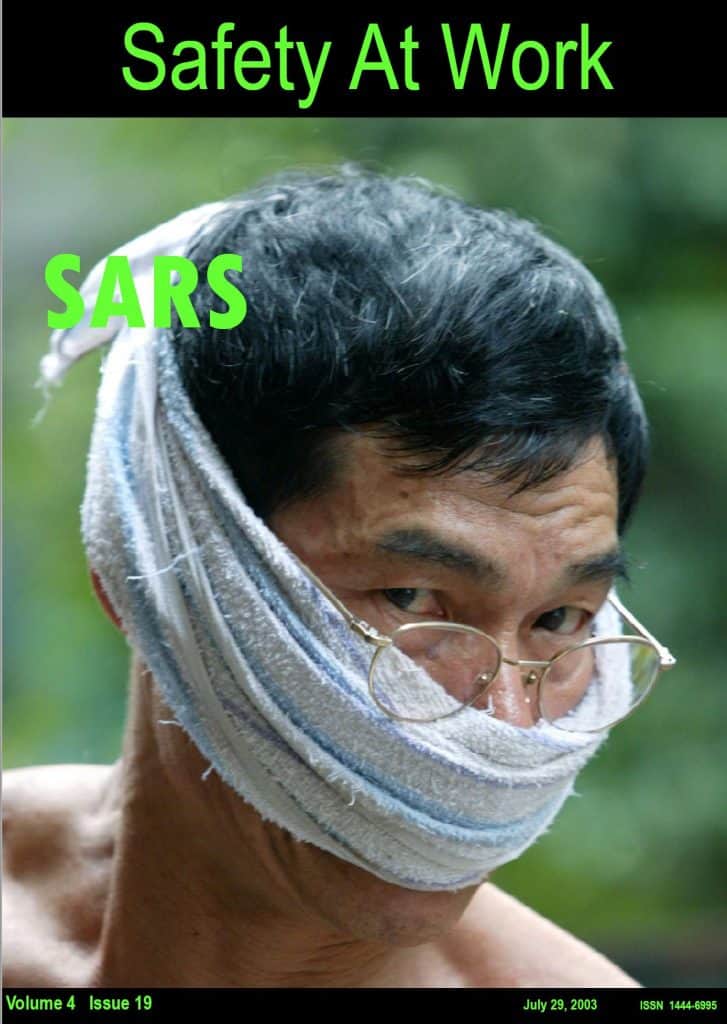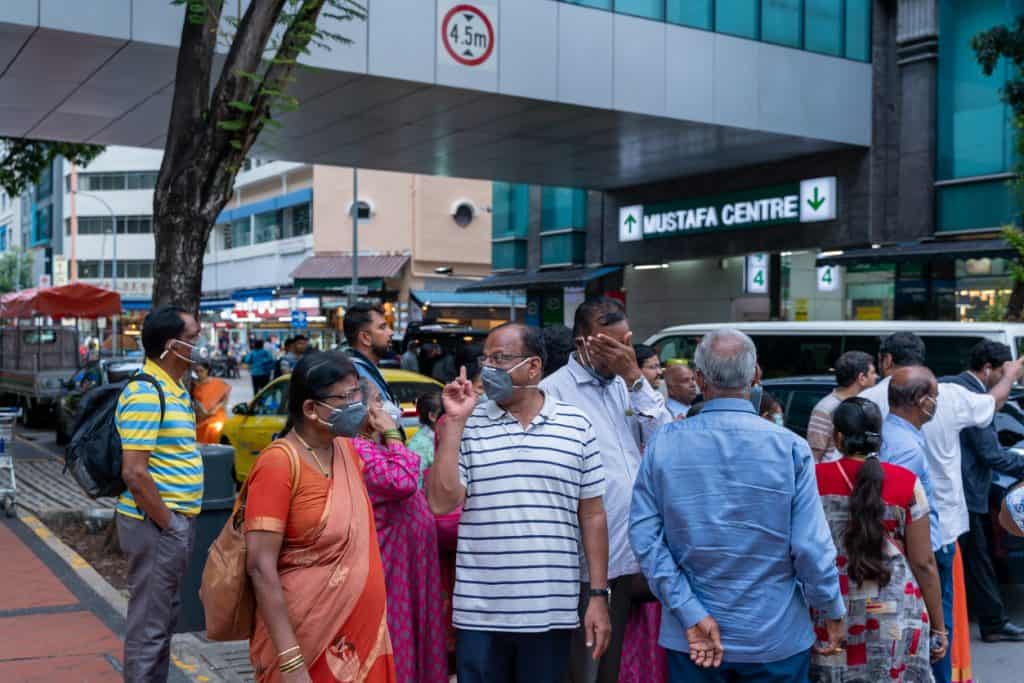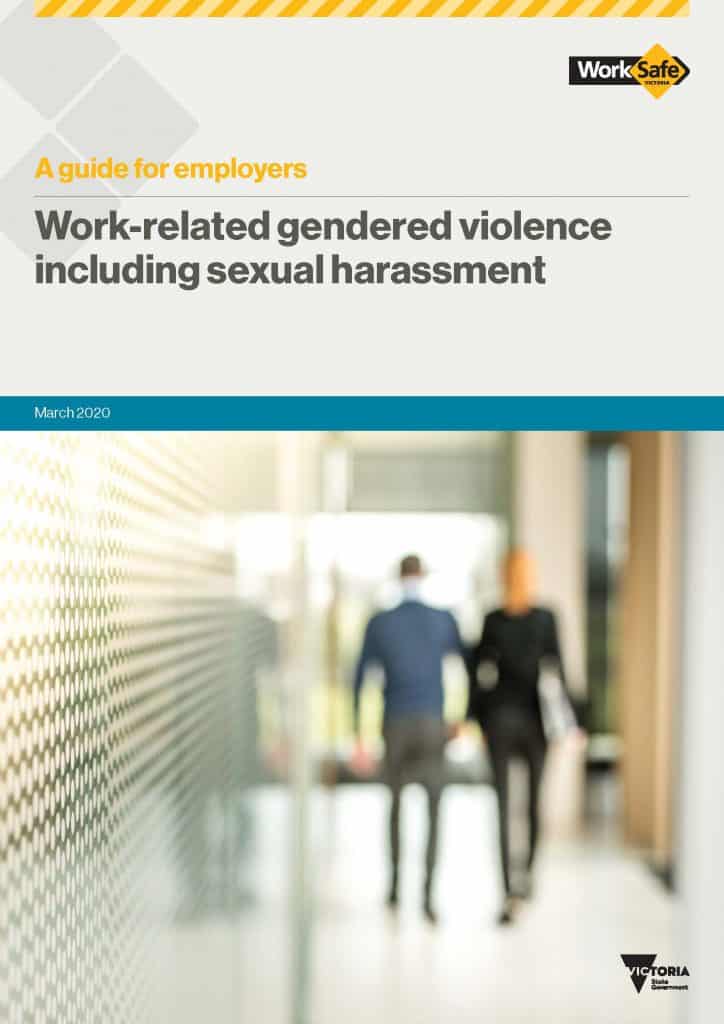
“Coercive control” is getting attention in New South Wales in relation to domestic violence but there are similarities to workplace behaviours such as sexual harassment and bullying.
The Chief Psychiatrist of Victoria’s “guideline and practice resource: family violence” says
“Family violence is understood as a pattern of repeated and
page 5
coercive control, aiming to control another person’s thoughts, feelings and actions.”






